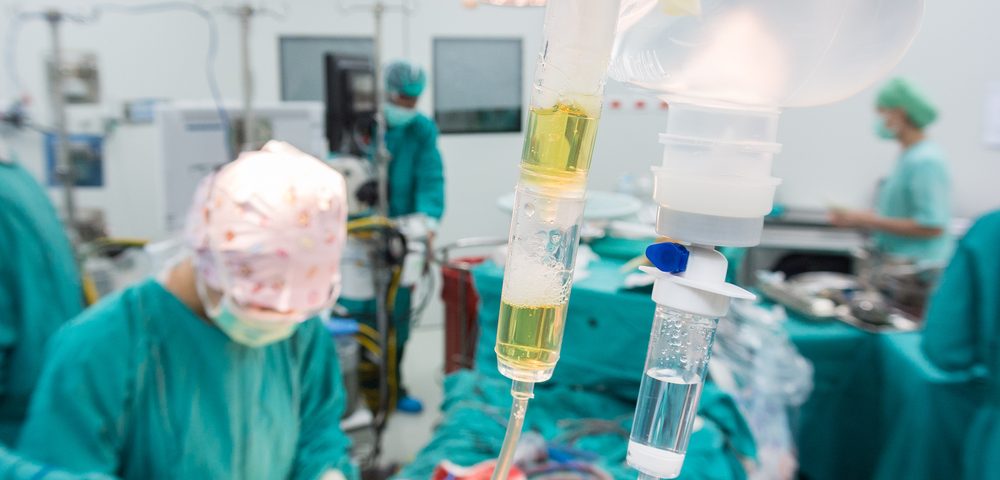In recent years, several laser systems, such as holmium laser enucleation of the prostate (HoLEP), have been applied in the surgical management of benign prostatic hyperplasia (BPH).
Researchers at Tama-Nambu Chiiki Hospital in Tokyo, Japan, found that longer surgical times and increased blood loss were independent predictors of postoperative urinary incontinence (UI) in patients who underwent the procedure with surgeons who were in their initial training period.
The study, “Predictive risk factors of postoperative urinary incontinence following holmium laser enucleation of the prostate during the initial learning period,” was published in the International Brazilian Journal of Urology.
HoLEP is a minimally invasive procedure that enables surgeons to do a complete resection of the prostate, even in cases where the gland has grown very large. Its advantages include better short-term urinary functional outcomes, shorter duration of catheter use, and shorter hospital stays than transurethral resection of the prostate (TURP), currently considered the gold standard of BPH surgical management.
However, for inexperienced surgeons, there are difficulties with the surgical techniques and a high frequency in postoperative UI. Some studies have reported that surgeons need between 20 t0 50 cases to truly gain proper effectiveness in the performance of HoLEP.
There is limited available data on the relationship between surgical parameters before and after surgery, and UI following HoLEP. But understanding the causes of this side effect is important for the continuation and execution of HoLEP.
Here, the researchers evaluated 127 BPH patients that had undergone HoLEP between January 2011 and December 2013, and estimated several clinical variables, such as blood loss, serum PSA (prostate-specific antigen) levels, and the occurrence or absence of urinary incontinence.
Results indicate that 31 patients (24.4 percent) had postoperative UI, which was cured in 29 patients (93.5 percent) after about 12 weeks. Researchers also identified two significant and independent risk factors for postoperative UI: operative time of more than 100 minutes and blood loss in excess of 2.5g/dL.
Despite some study limitations, researchers believe this data demonstrates that HoLEP could be improved, regardless of the duration of the initial learning period.
“Surgeons in training should take care to achieve speedy enucleation with meticulous hemostasis during surgical procedures, and technical improvement of surgery might provide decrease of the incidence of UI,” they concluded.

